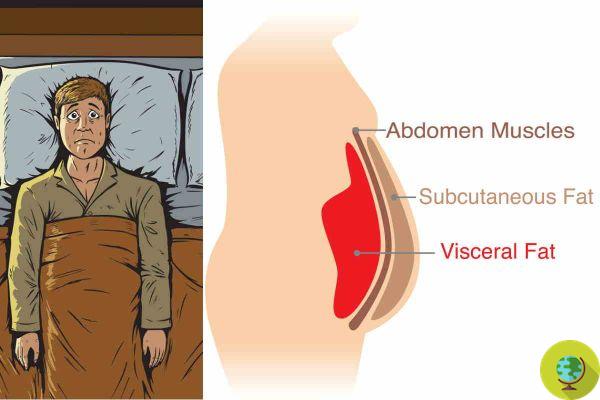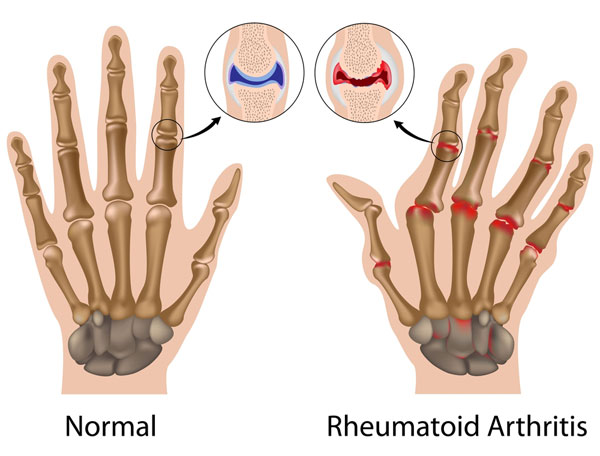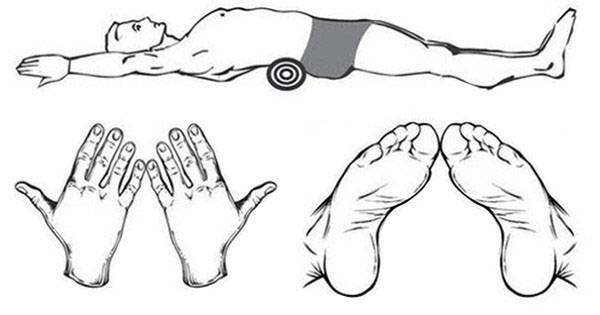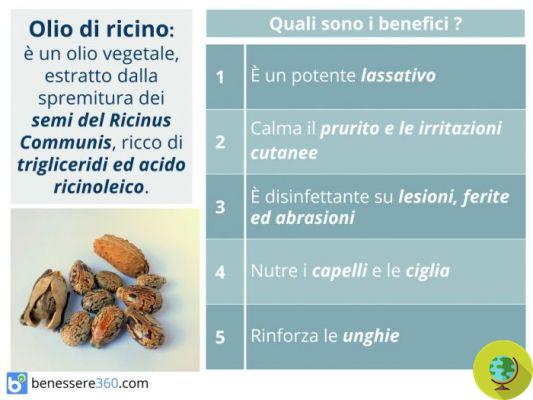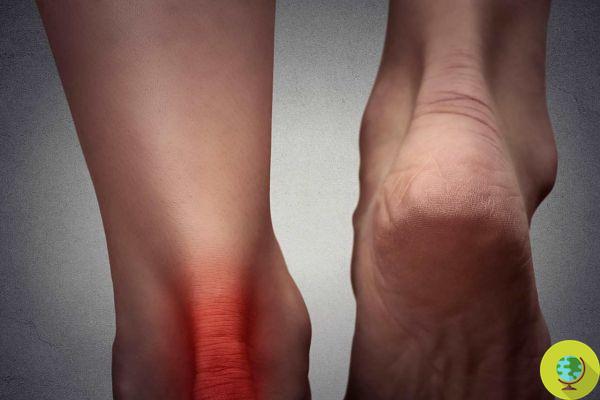
Lungs and kidneys but not only, also liver and spleen: microplastics are also devastating our body.
Lungs and kidneys but not only, also liver and spleen: microplastics have polluted the entire planet, from arctic snow and alpine soil to the deepest oceans, but they are also devastating our organism. This is the puzzling conclusion that new US research has found tiny pieces of plastic in human organ samples.
If until now it was already known that people now “consume” microplastics through food and water and breathe them, the potential impact on human health was not yet well recognized. To do so were the researchers of the Arizona State University, in the United States, who found the tiny pieces of plastic in all 47 lung, liver, spleen and kidney samples they examined.
Water, beer and salt: the list of foods with the most microplastics
As The Guardian explains, the scientists obtained organ samples from a tissue bank set up to study neurodegenerative diseases. Using a sophisticated analytical method, they identified dozens of types of plastics, including polyethylene terephthalate (PET), used in plastic beverage bottles, and polyethylene used in plastic bags.
“It would be naive to believe that there is plastic everywhere but not in us - explains Rolf Halden of the ASU. We are now providing a platform that will allow us and others to search for what is invisible: these particles too small to be seen with the naked eye. The risk [to health] really lies in the small particles. "
The researchers also found the chemical bisphenol A (Bpa) in all 47 samples, considered by the Environmental Protection Agency to be "a reproductive, developmental and systemic toxic agent in animal studies."
The researchers looked at lung, liver, spleen and kidney tissue, and Varun Kelkar, of Arizona State University, part of the research team, said, “We never want to be alarmist, but it is worrying that these non-biodegradable materials which are present wherever they can enter and accumulate in human tissues, and we do not know the possible health effects. Once we have a better idea of what's in the tissues, we can conduct epidemiological studies to evaluate the human health outcomes. That way, we can begin to understand the potential health risks, if any. "
Previous studies had already concluded how a person, on average, could ingest approx 5 grams of plastic every week, which is the weight equivalent to that of a credit card. This is basically the amount of plastic particles that end up in our body through food. All data that require us to make a decisive change of course.
Sources: ASU / The Guardian
Read also:
- Microplastics, it is alarm! All the fish of Lake Lugano are full of them
- Microplastics are now truly everywhere: new studies reveal the terrible contamination





